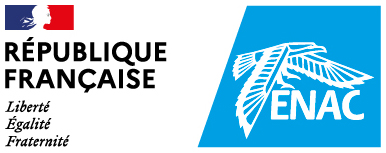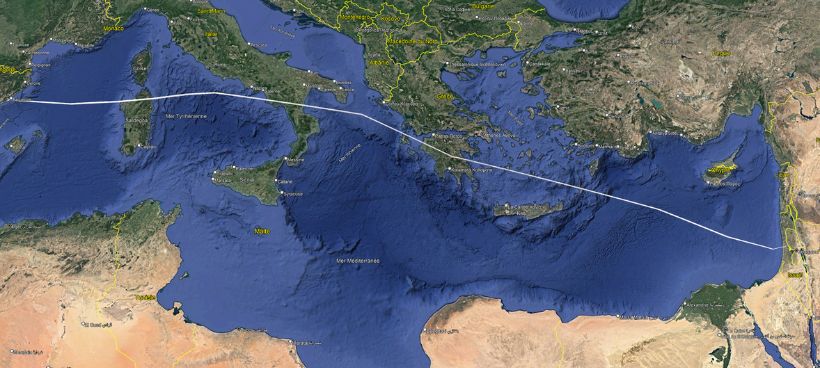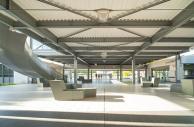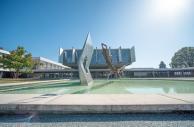CORSAIR offers a well-balanced trade-off between physical model accuracy, execution time, and memory footprint.
Positioning
CORSAIR has a unique positioning:
- It combines the realism of BADA* - based flight models with the speed of tabular simulators to generate 4D trajectories.
- It uses simplified aircraft models derived from BADA, coupled with a three-degree-of-freedom differential motion equation.
- It can incorporate atmospheric data such as wind, enabling it to produce accurate and realistic trajectories suitable for optimization tasks.
Objectives
- To design environmentally friendly flight procedures, improving flight efficiency in terms of fuel consumption, duration, and CO₂ emissions, or reducing route complexity.
- To generate simulated trajectories and extract Key Performance Indicators (KPIs), supporting a variety of ongoing European R&D projects, including the following SESAR initiatives:
- NETWORK TBO
Aims at seamless traffic management through shared, synchronized, and dynamically updated flight plans.
CORSAIR is one of the fast-time simulators used in this project to validate the solution, assess environmental and capacity impacts, and support the implementation of Trajectory-Based Operations (TBO) at network level during the execution phase. - SMARTS
Focuses on airspace design optimization through dynamic and intelligent sectorization.
CORSAIR plays a key role in this project by providing 1.2 million trajectories (for 2023 Europe) to feed an optimization algorithm used to segment airspace into basic volumes, based on historical traffic density and complexity.
- NETWORK TBO
Accelerated-time simulation is a powerful tool for:
- Performance evaluation
- Airspace design
- Procedure development
Learn more: optim.recherche.enac.fr









